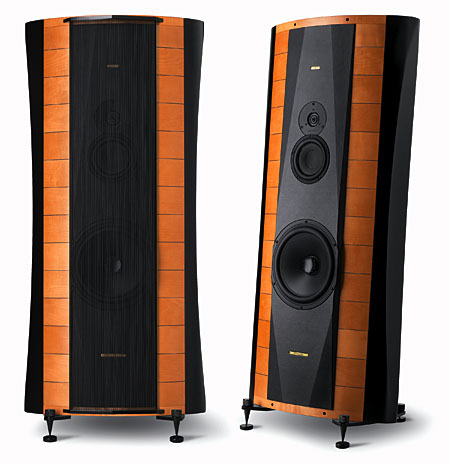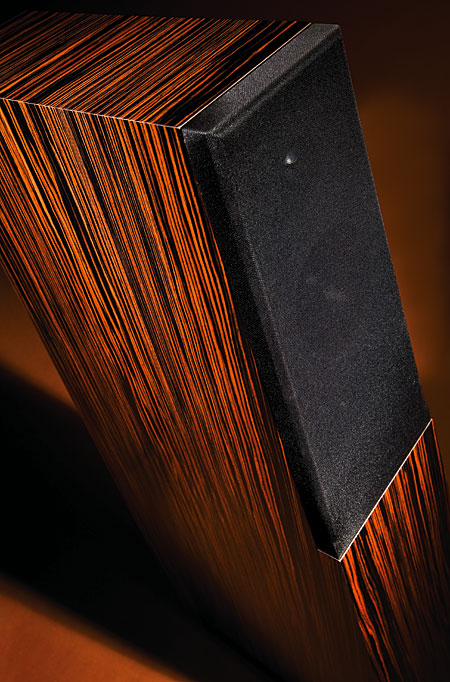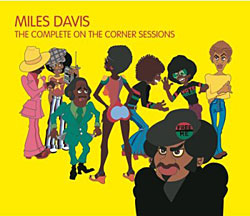<B>MILES DAVIS: <I>The Complete On the Corner Sessions</I></B><BR>
Miles Davis, trumpet, electric trumpet, electric organ, electric piano, synthesizer; Michael Henderson, (electric bass); Badal Roy (tablas); Dave Leibman, Carlos Garnett, Bennie Maupin, John Stubblefield, Sonny Fortune, Sam Morrison (reeds, flute); Wally Chambers (harmonica); Cornell Dupree, John McLaughlin, Dave Creamer, Reggie Lucas, Pete Cosey, Dominique Gaumont (guitar); Al Foster, Bernard Purdie, Jack DeJohnette, Billy Hart, Pete Cosey (drums); Mtume, Don Alias, Billy Hart (congas, percussion); Herbie Hancock, Chick Corea, Harold Ivory Williams, Lonnie Liston Smith, Cedric Lawson (keyboards); Colin Walcott, Khalil Balakrishna (electric sitar), Paul Buckmaster (electric cello).<BR>
Columbia/Legacy 88697 06239 2 (6 CDs). 1972–75/2007. Teo Macero, Billy Jackson, orig. prods.; Bob Belden, Michael Cuscuna, reissue prods.; Stan Tonkel, Don Pulese, Russ Payne, Doug Pomeroy, orig. engs. AAD? TT: 6:47:42<BR>
Performance ****½<BR>
Sonics *****



